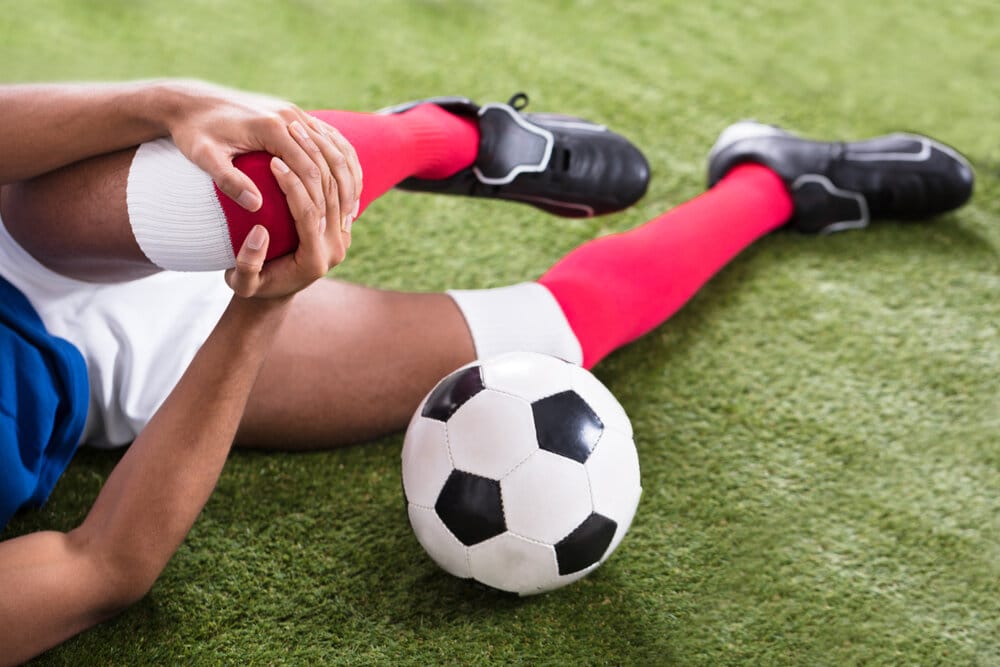
Playing sports is a great way to stay fit, have fun, and improve your skills. When it can be a good exercise form, particularly for those four in ten people who exercise regularly for back pain. Even at home while doing your daily chores, you may get injuries. Whatever it is, you must have a positive approach to the injuries and must contact pain management in OKC.
Common Injury by Fall at Home and Sports
Shoulder Injuries: A lot of fall activities, including tennis and volleyball, put a lot of pressure on their shoulders. Throwing or repeated motions, in particular, can lead to injury to the shoulder. Due to the complexity of the shoulder joint, the damage to the shoulder should be handled promptly.
Sprains and Strains: Sprains or strains are also common injuries in fall sports. Strains are the result of sudden movements or overuse injuries while the ligaments are stretched. These injuries are extremely painful, and a lot of rest and ice can help heal the wound. Sprains and strain at home by falling at home are also common if water or oil spills on the floor and you accidentally step on it.
Concussions: Concussions are a serious concern, particularly in contact sports such as football. Concussions can lead to head and eye pain, discomfort, exhaustion, and even vomiting.
Soft Tissue Injury: Soft tissue injuries are not visible from the outside and you may not understand them after an initial fall. When it is untreated, it can cause chronic pain to the injured body part.
Head Injury: Apparently, a minor head injury also be taken into account. Especially, if there is any kind of swelling, vomiting, bleeding, ing, or loss of consciousness, you must visit a doctor.
Spinal Cord Injury: In a sport or at home, you may hurt your spinal cord. It could be life-threatening when not treated well and make its way to be a very costly treatment.
Fall Prevention
-
Clean up the cluster. The easiest way to prevent falls is to keep your home clean and tidy. Remove all clumps, such as stacks of old newspapers and magazines, particularly from the hallways and stairs.
-
Repair and uninstall the devices that can cause the risks of tripping. Often home fixtures can contribute to falls, which can lead to back pain and other injuries. Examine each room and corridor, searching for things such as loose rugs, sticky rugs, or wooden floorboards that bind together. Then patch, remove, or uninstall certain items in order to stop them from dropping more effectively.
-
Mount the bars and handrails. Such safety devices are important for going up and down the stairs, getting on and off the toilet, and stepping in and out of the bathtub without hurting yourself. If possible, have a handyman or family member help with this.
-
Avoid wearing loose clothes. You want to feel comfortable at home, but baggy clothing can make you more likely to fall. Opt for better-fitting, properly hemmed clothing that doesn’t bundle or drag on the ground.
-
Light it up right? Insufficient lighting is another major hazard. In order to create a home that is more appropriate for the elderly, it is important to install brighter light bulbs, especially in stairways and narrow hallways.
-
Wear your shoes. Socks may be comfortable, but they are at risk of slipping. Preventing drops at home can be as simple as wearing shoes. You can also buy sticky socks with grips on the soles of your legs if your boots are too uncomfortable.
-
Consider it slip-free. Bathtubs and toilets, as well as kitchen, bathroom, and porch floors, can become extremely dangerous if wet.
-
Live on the same stage. Even with safeguards such as guardrails, stairs may present a significant danger of dropping. Live on one stage, if possible. Otherwise, be extra careful when you’re climbing the stairs. When you can’t live on one floor, try to limit the trips you take up and down the stairs.
-
You must not be engaged in play when in pain.
-
Take necessary breaks during a game and give muscles a quick rest.
-
Follow muscle conditioning exercises to strengthen them.
Contact Oklahoma Spine & Pain Management for primary care physicians in OKC.
**Disclaimer: This content should not be considered medical advice and does not imply a doctor-patient relationship.





